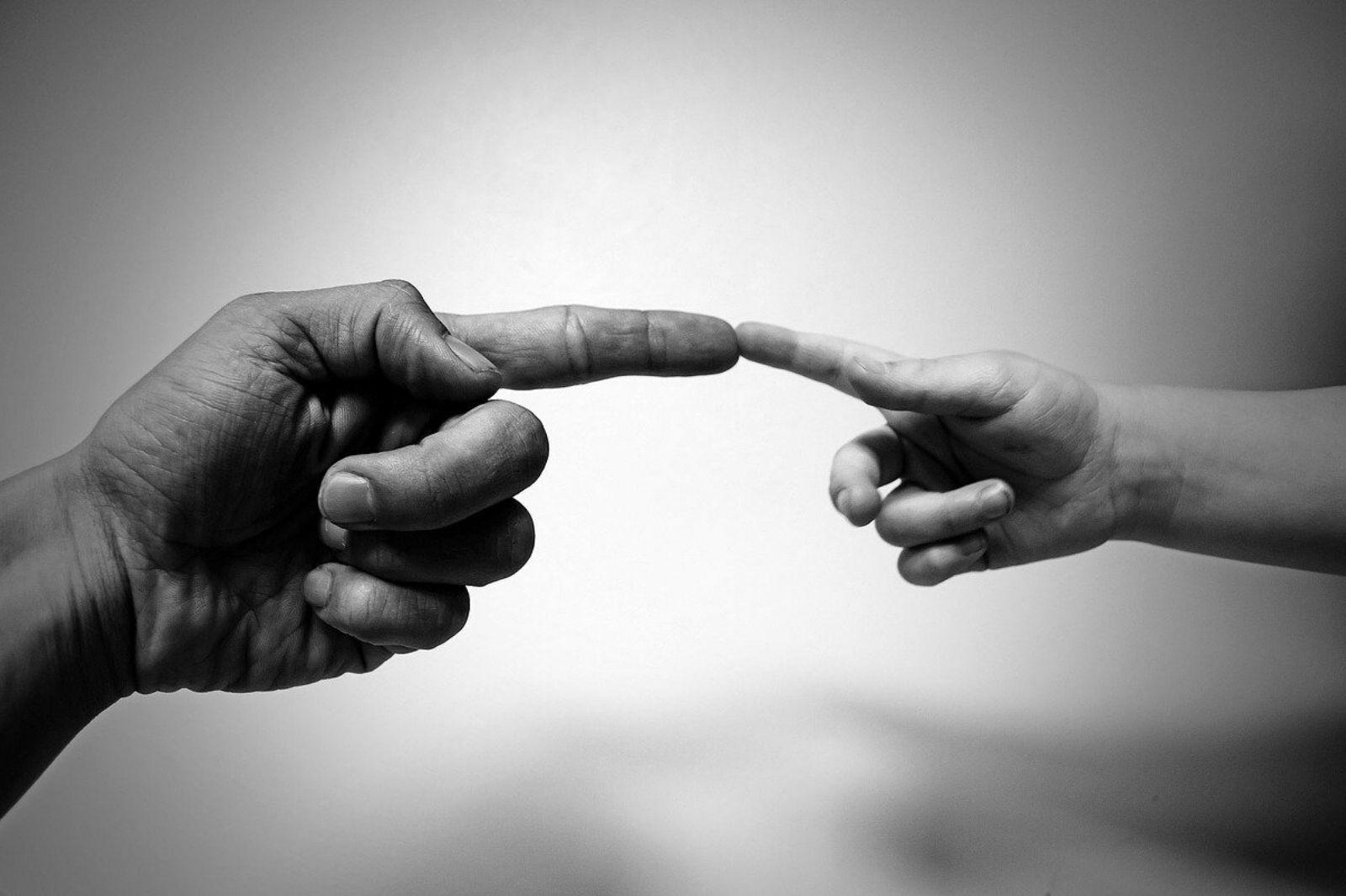Why teaching sign language in schools gets the thumbs up
Date 12.03.2020
12.03.2020
This week, the BBC reported the story of a teenager and her disabled, younger brother who are leading a campaign to have British Sign Language (BSL) taught in schools.
So far, their petition has received more than 100,000 signatures.
Special Educational Needs and Inclusion (SENI) graduate Mary Stokes gives her opinion about why she supports them.
Before I start, I’d like to point out a couple of things.
When I write ‘Deaf’ below I am referring to sign language users who have little or no hearing.
When I write ‘deaf’ I am talking about hard of hearing people who are non-sign language users.
Little things to you perhaps, but the distinction is important if you are Deaf or deaf.
I absolutely feel schools should teach sign language to students – having even the basic understanding would have a big impact on social and communication barriers.
However, it is important to note that not all deaf people sign.
Some lip read and some rely on things being written down, therefore sign language should not be thought of as a blanket approach to ‘curing’ the issue of communication barriers for D/deaf people.
British Sign Language (BSL) is a recognised language, holding its own structure, grammar and lexicon, but to the Deaf community, BSL is not just thought of as a language, but a culture and an identity.
(As an aside, I also feel we should also raise awareness of the need for clear speech for those who are hard of hearing or lip-readers, and knowledge of the ‘loop’ system).
With this in mind, it is essential schools have a clear understanding of what they are teaching and that this message is clear. To just teach BSL would be the equivalent of teaching a foreign language in an English-speaking school.
Schools should also not discount the use of other communication aids for children who are Deaf or deaf, such as Makaton (a language programme that uses symbols, signs and speech) and Singalong (as the name suggests, using music and song to communicate).
Introducing basic sign language into schools could benefit a range of children, not just those with hearing impairments. It would provide children and adults a ‘tool belt’ of communication tactics and techniques which would in turn enable more effective communication for people who require a different approach to speech alone.
Most importantly for the Deaf community, children learning sign language in schools – regardless of what type – would mean more awareness of the different types of communication, and of D/deafness.
This could potentially result in more people taking on learning BSL in the future, meaning more support, more interpreters and improved access to services.
Find out more about the SENI (BA) degree at University of Northampton.
Find out more about other SENI and Education degrees at the University.